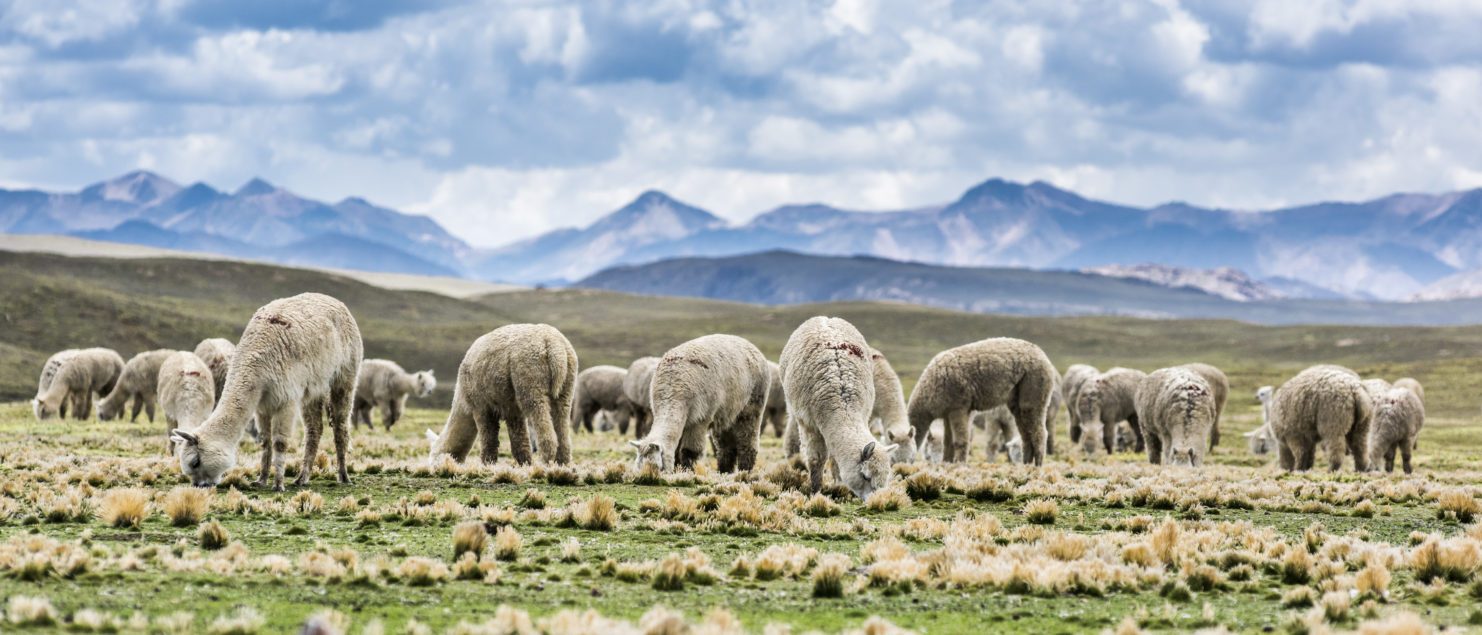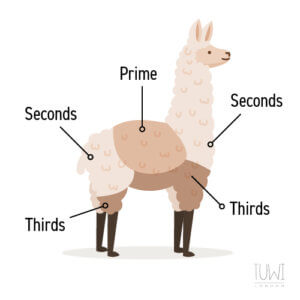TUWI FAQ: What Is The Alpaca Wool Grading System
Baby alpaca wool is used to make a large number of Tuwi products, so we thought here would be a good place to explain alpaca wool grading. We’ve previously written about baby alpaca wool, covering what it is and the many benefits it has, but here we are going to look at the alpaca wool grading system.
The alpaca wool grading system essentially sorts alpaca wool fibres according to how coarse they are, with where they fall within this scale determining how they’re used. Baby alpaca fibre is often compared to the likes of cashmere, as a result of its softness, however, this can vary depending on where the fibre measures on the alpaca wool grading system. Before we go any further, this feels like a good time to point out that baby alpaca wool is not wool harvested from baby alpacas. Rather, it’s the name given to the very finest wool, but we’ll come to that in a moment.
Alpaca Wool Sorting Grades
Typically, there are three places where wool is obtained from alpacas, each of these determines the use for the wool and how soft the products will be once made.
These sorting grades are:
- Prime or ‘Blanket’ – This is sourced from the saddle of the alpaca, where the finest most uniform fleece can be found.
- Neck / Upper Leg or ‘Secondary’ – This is somewhat similar to that of the prime fleece, but is a shorter length, with a coarser feel. As the name suggests, this is found on the neck and the upper section of the alpacas’ legs.
- Chest / Belly/ Lower Leg or ‘Third Grade’ – Obviously, this is obtained from the belly and the bottom half of the legs and has the most inconsistency in the fibre and is the coarsest of each of the grades.
The Alpaca Wool Grading System
So, we have looked at where you would find each of the different varieties of alpaca wool, now this is where the alpaca wool grading system is used to measure the fineness and the micron variation of the fibre. Measurements can range from under 20 microns to 35 microns, with each of these having different uses.
- Baby/Premium: This is the grade used we use for all our cosy blankets and throws. With fibres ranging from 19.5 – 21.5 microns, baby alpaca wool is generally used for spinning into knitting or weaving yarns.
- Firsts/Fine: Also often used for spinning into knitting or weaving yarns, however, this has a slightly higher fineness to it, ranging from roughly 22-26 microns.
- Seconds/Secondary: On average, secondary grade alpaca wool has over 24 microns. Although it contains a slightly coarser fibre than ‘Baby’ or ‘Fine’, this can be blended with finer grades to add softness to the wool.
- Thirds: The coarsest wool of all, measuring over 26 microns. These tend to be the straightest of all the grades and generally measure less than 7.5cm in length. These can be included in blends to create yarns for carpets as well as insulation.
Not only does alpaca wool grading determine the quality of a product, but a crucial point in the production of a high-quality alpaca wool product is also the fibre length. To create a consistent yarn from alpaca wool it is important to keep the length of the fibre between 1.5 to 2 inches, as this can affect the way it is processed.
Where a soft yarn is required for knitted products, fibres are arranged randomly in the yarn, using a commercial mill. However, where you are looking for a tighter lightweight yarn, you would use the worsted method where fibres are aligned parallel.
The alpaca wool grading can sound confusing to some, however, if you have certain requirements for your alpaca wool products, here at Tuwi we can advise you on the most suitable products for you. Contact us today, via [email protected] and a member of our team will be in contact to discuss your requirements.


